16 Rare and Remarkable Fire Trucks from Different Countries
Fire trucks have taken many different forms over the years, with some designed for city streets and others built for extreme conditions like airports or remote areas. While many people are familiar with the standard red engine, there are rare and unusual models that stand out for their design, purpose, or limited production. From vintage machines to modern specialty vehicles, these trucks highlight the wide range of ways firefighters have tackled emergencies around the world.
This post may contain affiliate links, which helps keep this content free. Please read our disclosure for more info.
Magirus-Deutz Airfield Fire Truck (Germany)
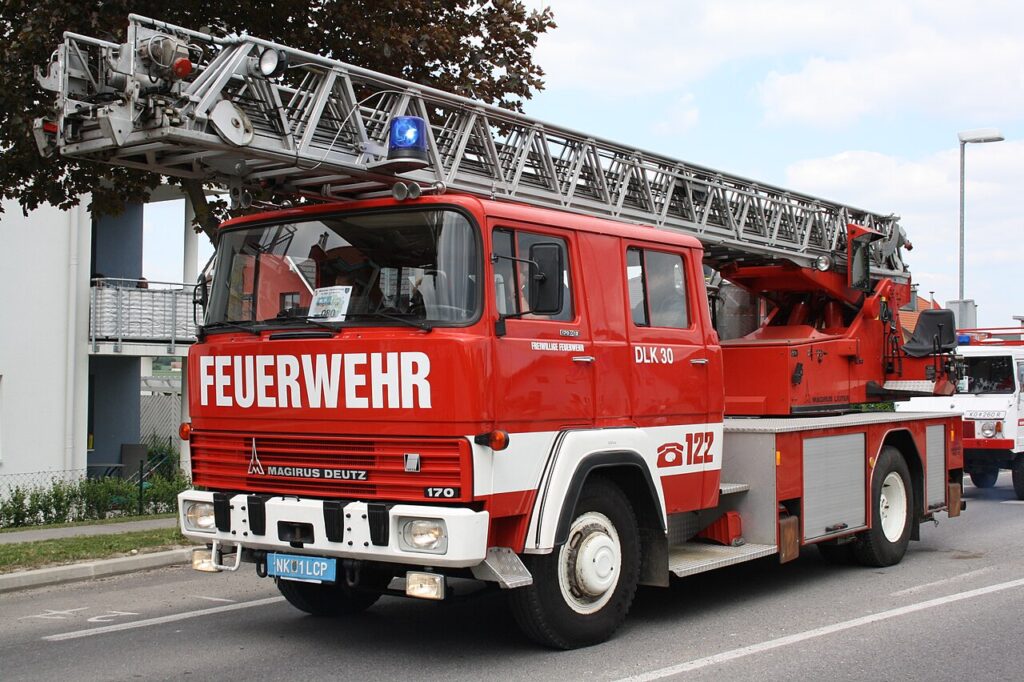
The Magirus-Deutz airfield fire truck was designed for the unique challenges of airport emergencies. With its massive water tanks and high-powered pumps, it could respond quickly to aircraft fires. Its rear-engine layout set it apart from most trucks of its time, giving it a distinctive appearance and functionality.
These trucks were rarely produced, which makes surviving examples especially valuable to collectors and museums. Their rugged design kept them in service longer than many contemporaries. Today, they stand as reminders of how specialized fire trucks became in response to modern aviation.
Oshkosh Striker (USA)
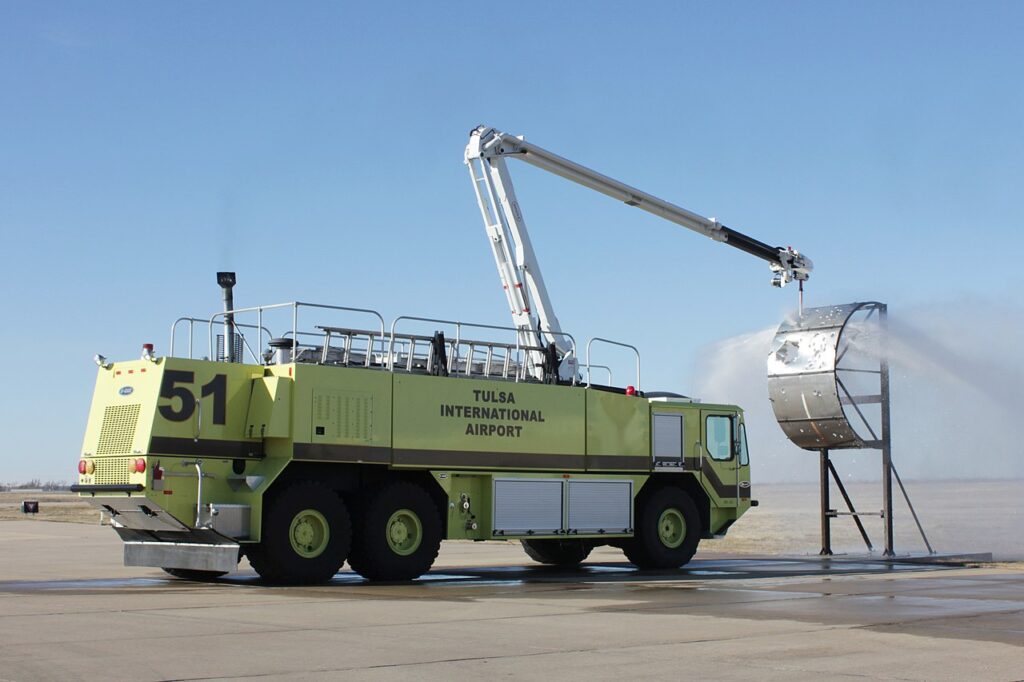
The Oshkosh Striker is one of the most recognizable airport fire apparatus in the world. It was built with speed in mind, allowing firefighters to reach accidents on runways in seconds. Large foam tanks and cutting-edge suppression technology make it highly effective in emergencies.
Despite its efficiency, the Striker is considered rare due to its specialized use. Few communities outside airports need such a machine, which limits production numbers. Collectors and fire service enthusiasts view it as a pinnacle of modern fire truck design.
Dennis F12 Fire Engine (UK)
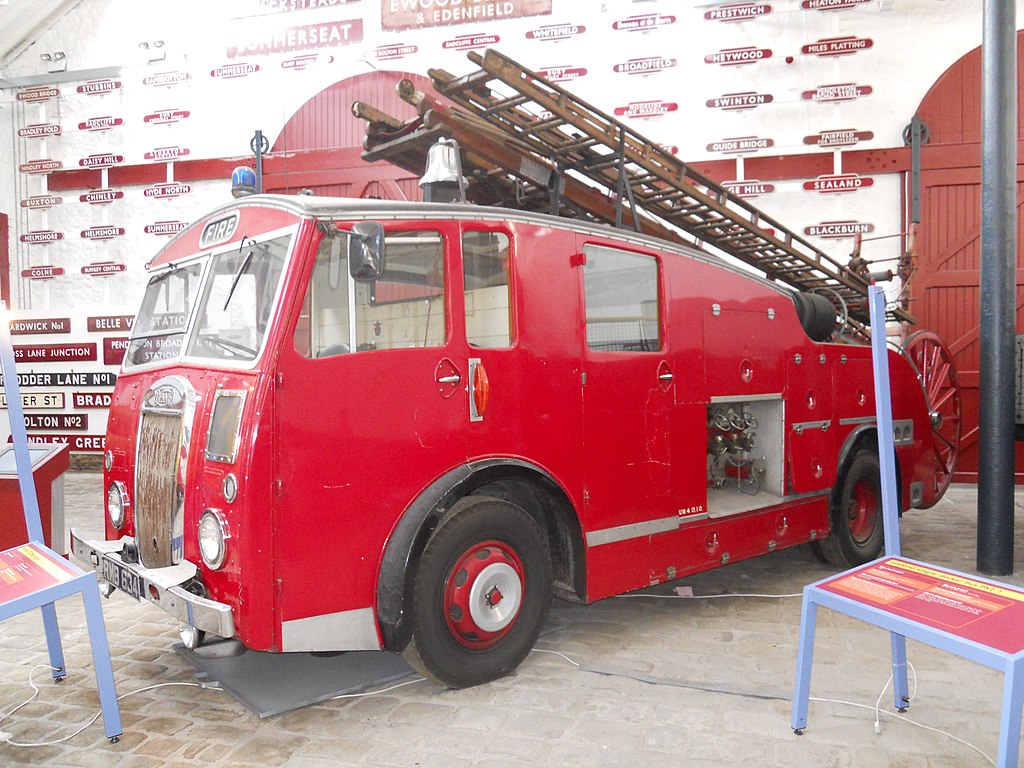
Produced in the 1950s, the Dennis F12 was a common sight in post-war Britain, though only a limited number were built. Its sleek cab and polished chrome fittings made it visually striking. Many small towns relied on the F12 for decades, and its reputation for reliability grew steadily.
Today, only a handful remain, mostly preserved by heritage fire brigades or museums. Their polished brass and gleaming red paint make them popular at vintage rallies. Owners take pride in keeping these engines in working condition, ensuring their legacy continues.
Simon Snorkel Hydraulic Platform (UK)
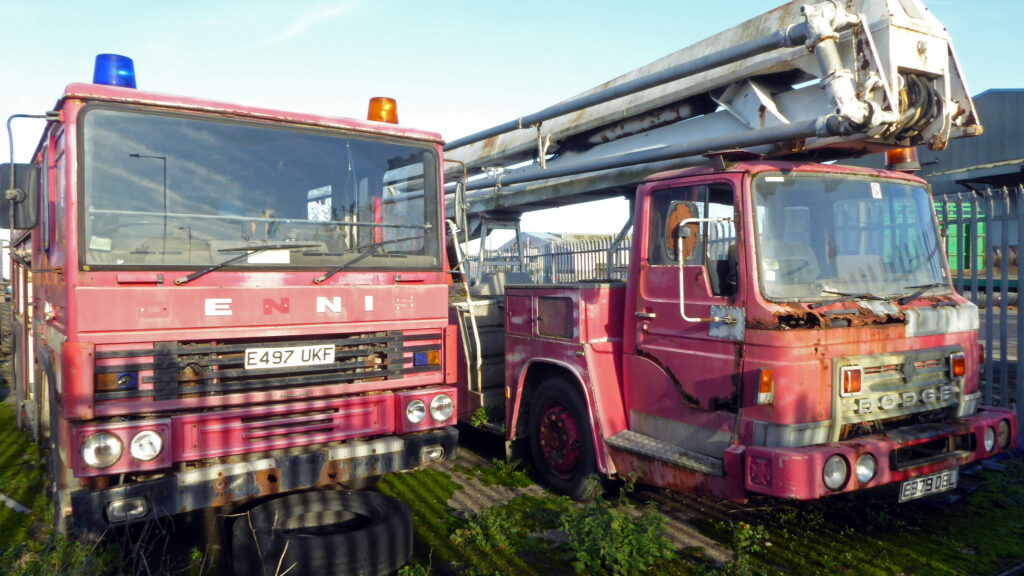
The Simon Snorkel was revolutionary for its time, giving firefighters access to heights previously unreachable. Its articulated arm allowed for greater flexibility compared to straight ladders. Crews used it to tackle fires in tall buildings more safely and effectively.
Over time, many were retired due to the high cost of maintenance. Surviving models are few, making them highly collectible. Fire history enthusiasts often point to the Snorkel as one of the most important steps in modern aerial firefighting.
ZIL-131 Soviet Fire Truck (Russia)
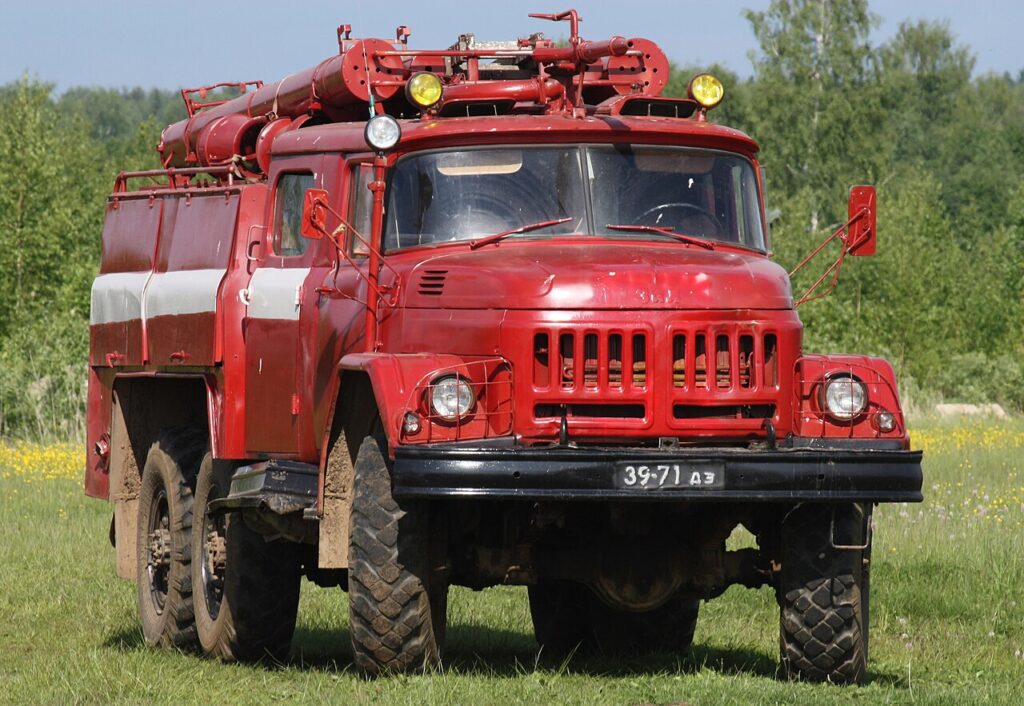
The ZIL-131 was a rugged Soviet-era truck adapted for firefighting duties. Built to endure harsh environments, it often served in remote areas of the USSR. Its utilitarian design reflected the priorities of the time, favoring function over style.
Today, these trucks can occasionally be seen in rural communities or military storage yards. Collectors value them for their Cold War history and toughness. They remain symbols of Soviet engineering and its focus on durability.
IFA W50 LA (East Germany)
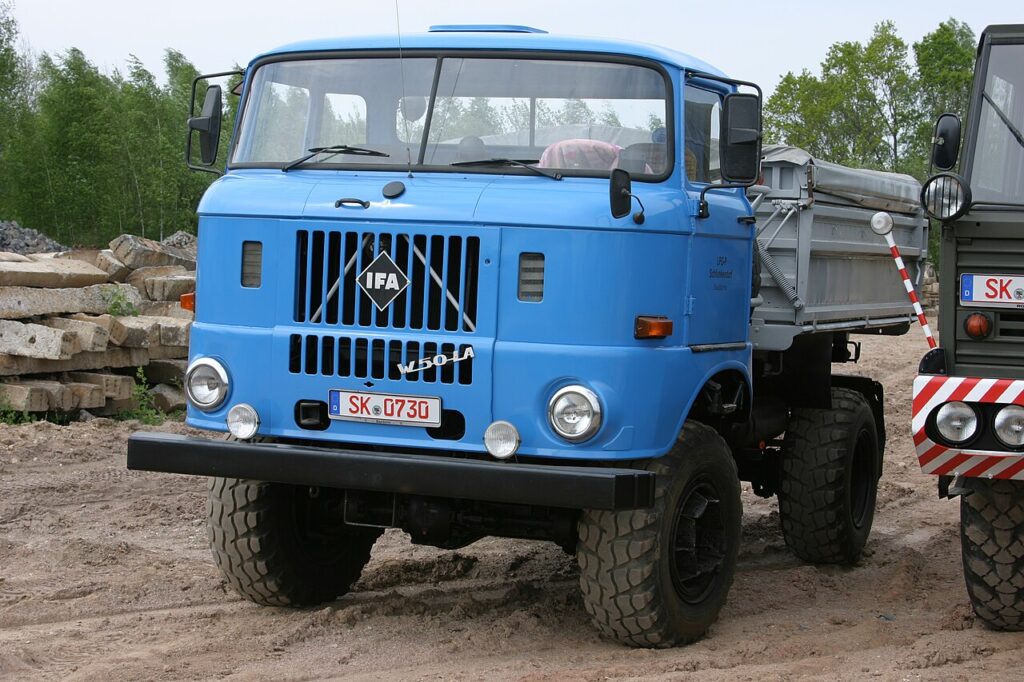
The IFA W50 LA was built in East Germany during the Cold War. Its design was practical, with a simple boxy cab and large water tank. While many were produced for military and civilian use, few fire service models survived.
Because of their rarity, preserved W50 LA trucks are valuable to enthusiasts of Eastern Bloc vehicles. Museums often showcase them alongside other East German machinery. They provide insight into firefighting practices behind the Iron Curtain.
Tatra T815 CAS-32 (Czech Republic)
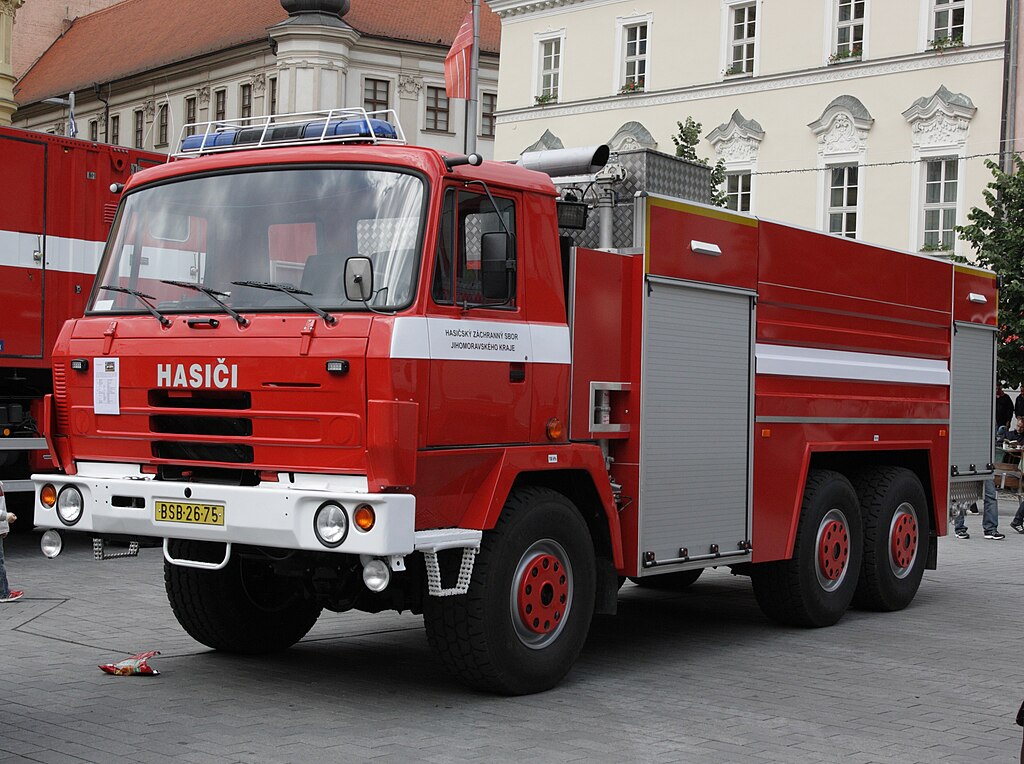
The Tatra T815 CAS-32 was an off-road powerhouse designed for rugged terrain. Its unique backbone chassis made it highly stable even in difficult conditions. Firefighters in rural areas relied on it to reach places inaccessible to conventional trucks.
Despite its strengths, production was limited, and few remain in active service. Collectors appreciate its engineering, which was ahead of its time. Preserved units highlight the Czech tradition of innovative truck design.
Benz Gaggenau Fire Truck (Germany, 1920s)
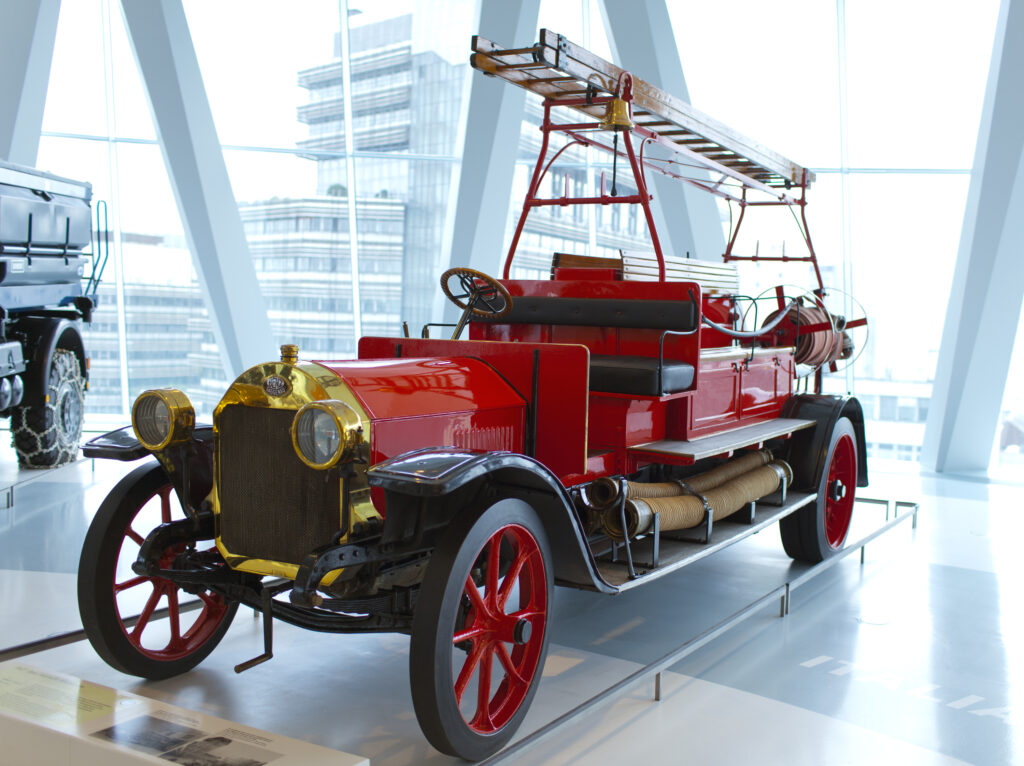
This early motorized fire truck from Benz Gaggenau represented a shift away from horse-drawn engines. With a simple ladder and pump system, it was among the first modernized fire appliances. Its age alone makes it exceptionally rare today.
Museums prize these vehicles as early examples of German automotive history. Their brass fittings and wooden ladders reflect a bygone era of firefighting. Very few original units have survived, making them treasures of industrial heritage.
Mack C-Series Fire Engine (USA)
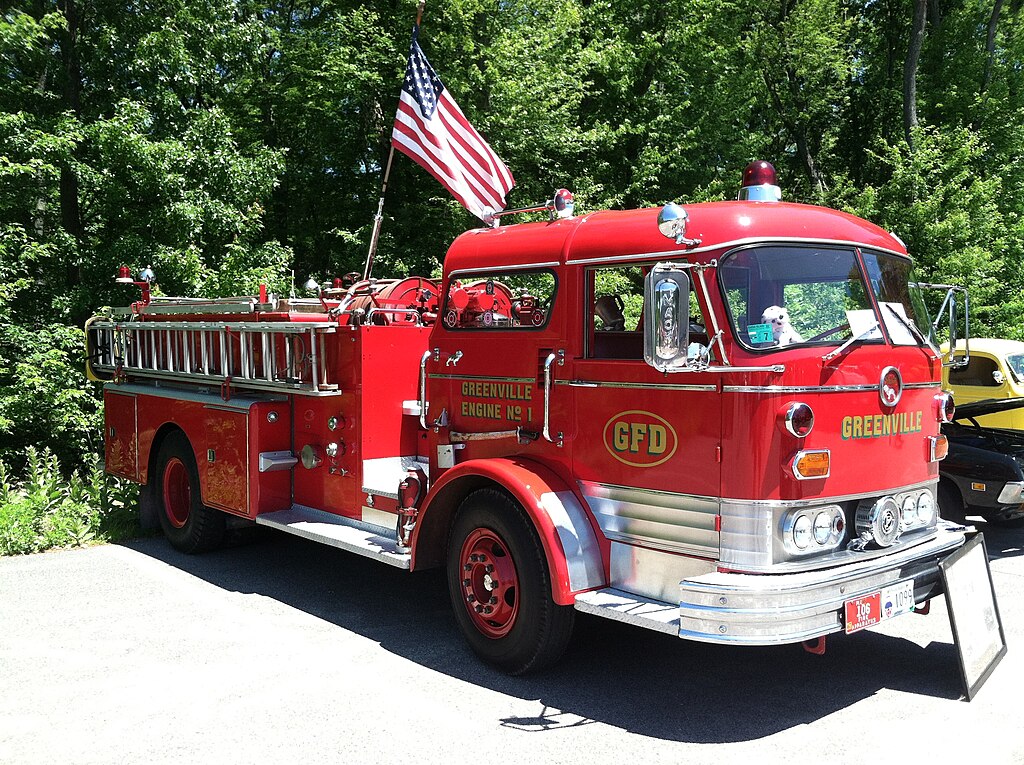
The Mack C-Series, introduced in the 1950s, had a distinctive cab design with rounded lines. It became popular in American cities, though production numbers were never high. Known for its durability, it served many departments for decades.
Enthusiasts today value the C-Series for its nostalgic design and reliability. Restored versions often appear at parades and fire musters. Owning one is considered a badge of honor among collectors of vintage American fire trucks.
Albion Merryweather Fire Appliance (Scotland)
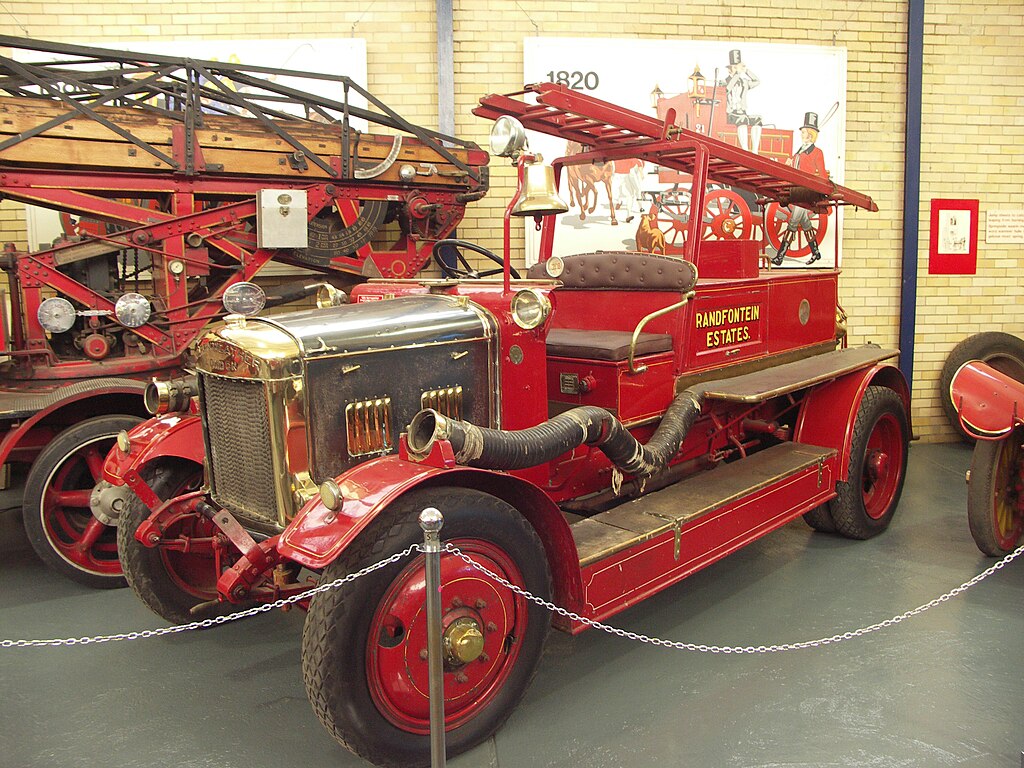
The Albion Merryweather combined the engineering of Albion trucks with Merryweather firefighting equipment. Its design carried over elements from horse-drawn engines, giving it a unique appearance. These fire trucks were used by smaller towns and estates.
Because few were built, survivors are extremely rare. Collectors often restore them to showcase early 20th-century firefighting technology. Their charm lies in their blend of traditional styling and early motorization.
Berliet GLC Fire Truck (France)
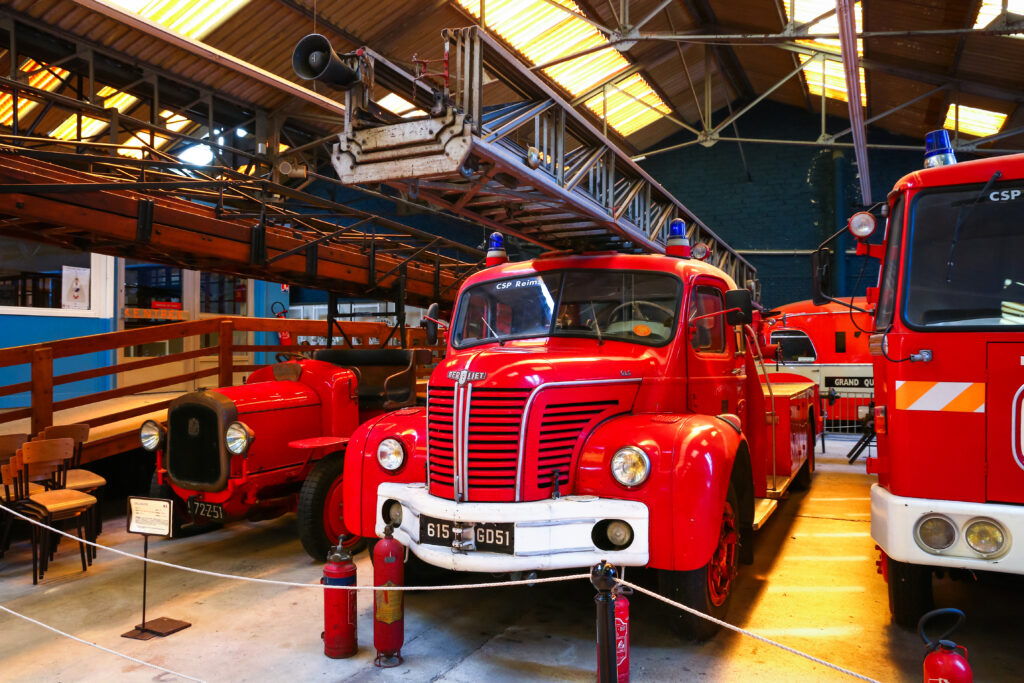
The Berliet GLC was a post-war French fire truck, known for its practicality and reliability. With a compact body, it fit well into narrow European streets. It became a workhorse for local brigades across France.
Most GLCs were retired long ago, leaving only a handful preserved. French collectors treasure them as symbols of post-war recovery. They represent an important chapter in the modernization of French firefighting fleets.
Unimog Fire Engine (Germany)
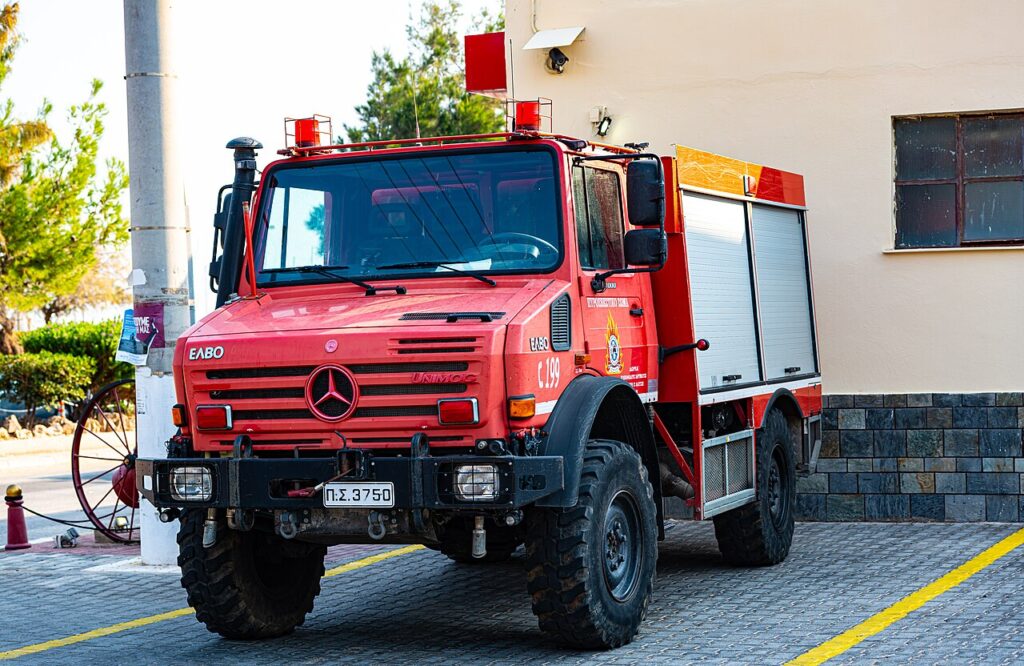
Built on Mercedes-Benz’s versatile Unimog chassis, this fire truck could handle extreme off-road conditions. It was often used in forests, mountains, and rural areas. Its small size and maneuverability made it invaluable for wildfire control.
Though the Unimog line itself is widespread, firefighting adaptations were produced in small numbers. Collectors often seek them for their rarity and versatility. Many are still in use by volunteer brigades in remote areas.
Bedford Green Goddess (UK)
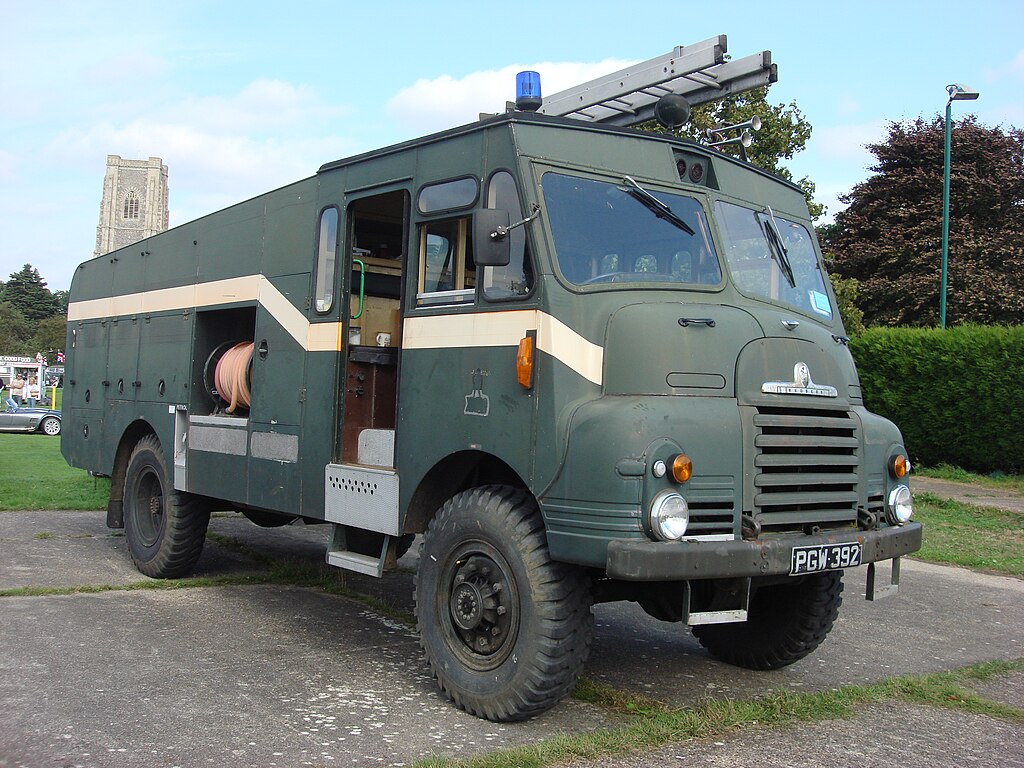
The Bedford Green Goddess was created for Britain’s Auxiliary Fire Service in the 1950s. With a military-style body and simple fittings, it was designed for mass deployment in emergencies. Though built in numbers, many were stored and rarely used.
They gained attention decades later when pressed into service during firefighter strikes. Their unusual history makes them collectible today. Enthusiasts regard them as iconic pieces of Cold War Britain.
Scania L80 Fire Appliance (Sweden)
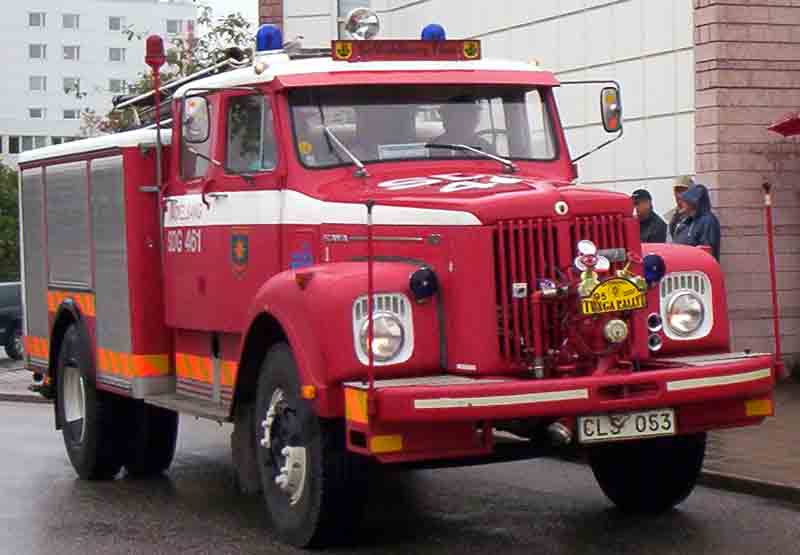
The Scania L80 was built during the 1960s and 70s, serving many Scandinavian towns. Its boxy design and dependable engine made it a local favorite. Fire brigades valued its balance between size and performance.
Today, only a few examples remain in preservation. Restorers enjoy working on them due to the availability of parts. They represent an important step in Sweden’s firefighting history.
Volvo F12 Fire Truck (Sweden)
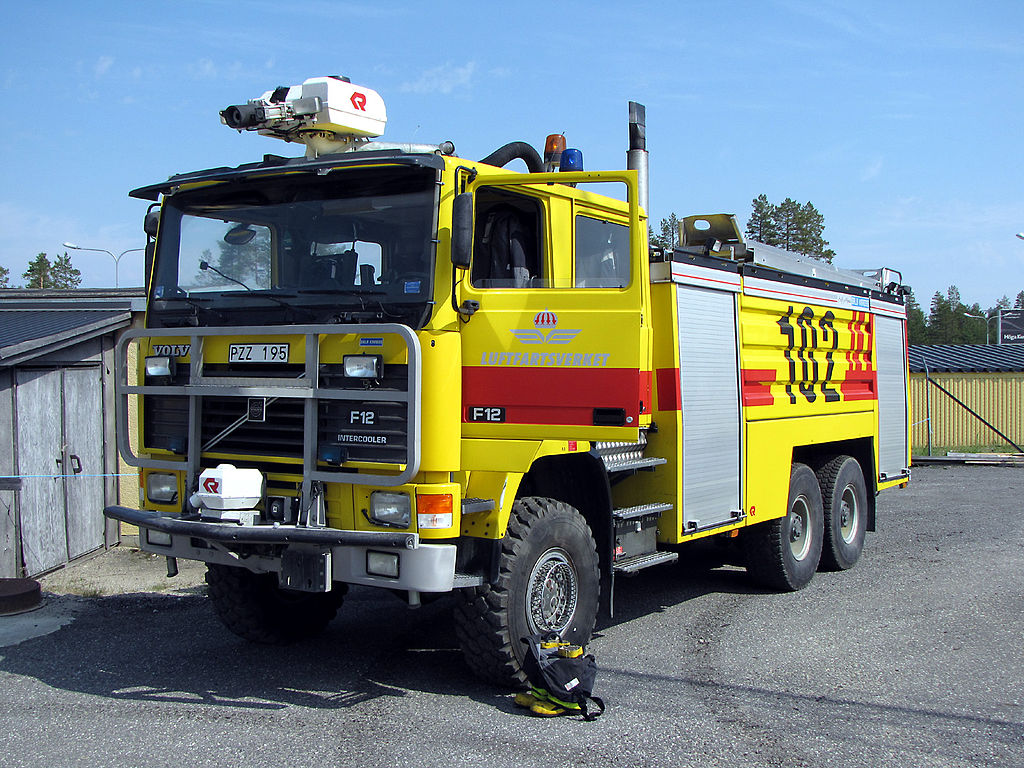
The Volvo F12 was adapted into fire service vehicles with heavy-duty equipment. Its robust frame allowed for large tanks and pumping systems. It often served in industrial or airport settings.
Production was limited, making them hard to find today. Collectors admire their strength and Scandinavian engineering. Preserved units highlight Volvo’s contribution to fire service technology.
Hanomag AL28 Fire Truck (Germany)
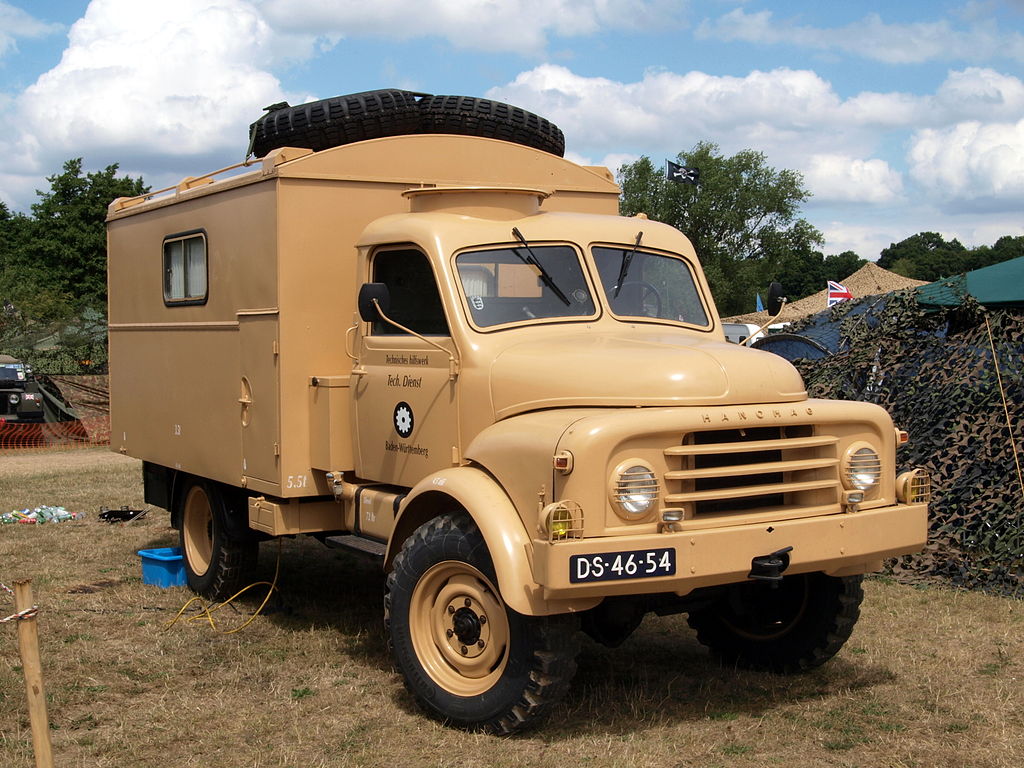
The Hanomag AL28 was a compact German truck used during the Cold War era. Its simple cab and rugged body made it suitable for rural firefighting. It was widely used by volunteer brigades.
Over time, most were retired and scrapped, leaving only a handful preserved. Collectors admire them for their reliability and charm. Restored AL28s showcase Germany’s post-war approach to fire truck design.
This article originally appeared on Avocadu.
